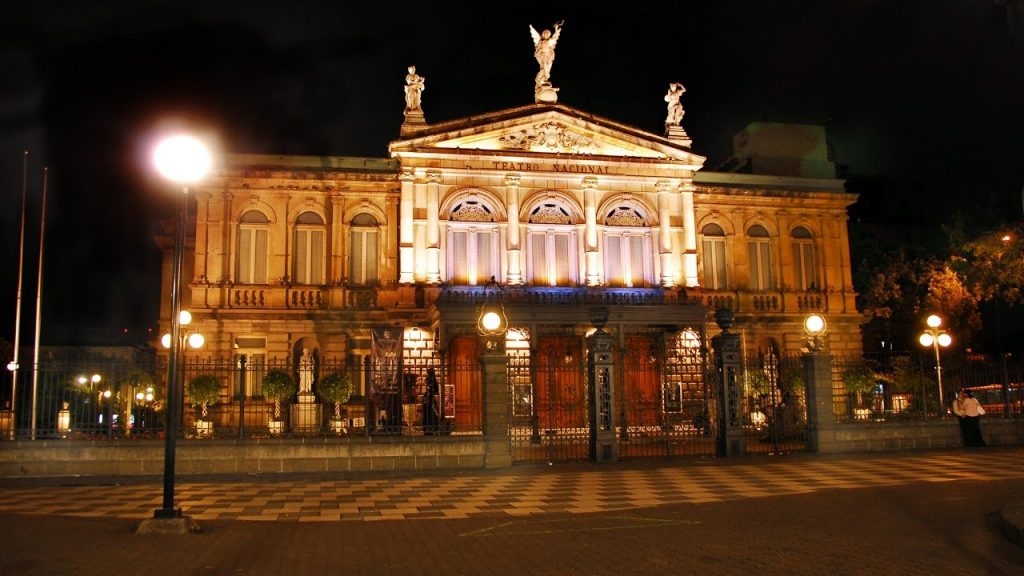Costa Rica adds four new national symbols
Most foreigners who move here know little about Costa Rica’s history or national symbols. I have listed descriptions country’s national symbols and the approximate dates that they were officially proclaimed as part of the country’s heritage.
The list includes The coat of arms, the nation’s famous three-colored flag, the Guaria Morada (flower), the Guanacaste tree, the Yigüirro (a type of bird), the national anthem, the oxcart, the whitetail deer, the torch for independence, the Crestones rocky outcrop, the Sea Cow Manatee), Pre-Colombian spheres and San José’s National Theater.
Recently new symbols were added: Coffee, El chorreador, Las Mascaradas, El oso perezoso, and the Morpho butterfly.
On July 28, 2020 President Carlos Alvarado signed a law making “Coffee” or yodo (iodine in Costa Rican slang because of its color) the newest national symbol (https://www.liveincostarica.com/blog/2020/08/expat-retirees-should-know-about-costa-ricas-new-national-symbols.html). Coffee was first exported to London, England in 1845. Since then it has been one of the country’s main sources of income. In fact, due to its value, it is sometimes referred to as “El Grano de Oro” or “Golden Grain.” In the late 1800s revenue from a tax on coffee, made possible the construction of the country’s stunning National Theater.
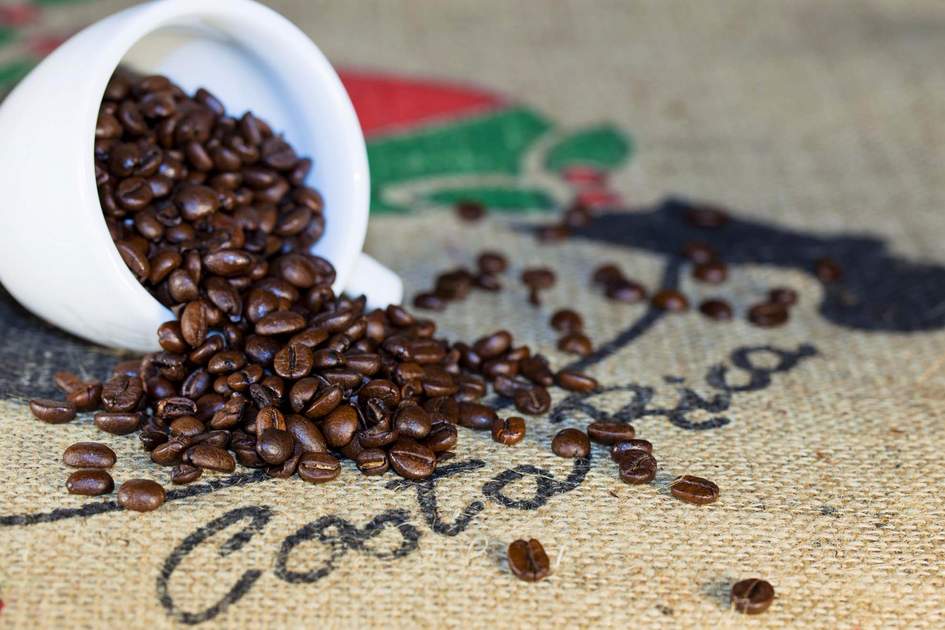
The chorreador became a national symbol on January 30, 2020. A chorreador is basically a coffee making device used in Costa Rica. Hot water leaches through coffee grounds held in a cloth filter mounted on a wooden stand, then drips into a container.
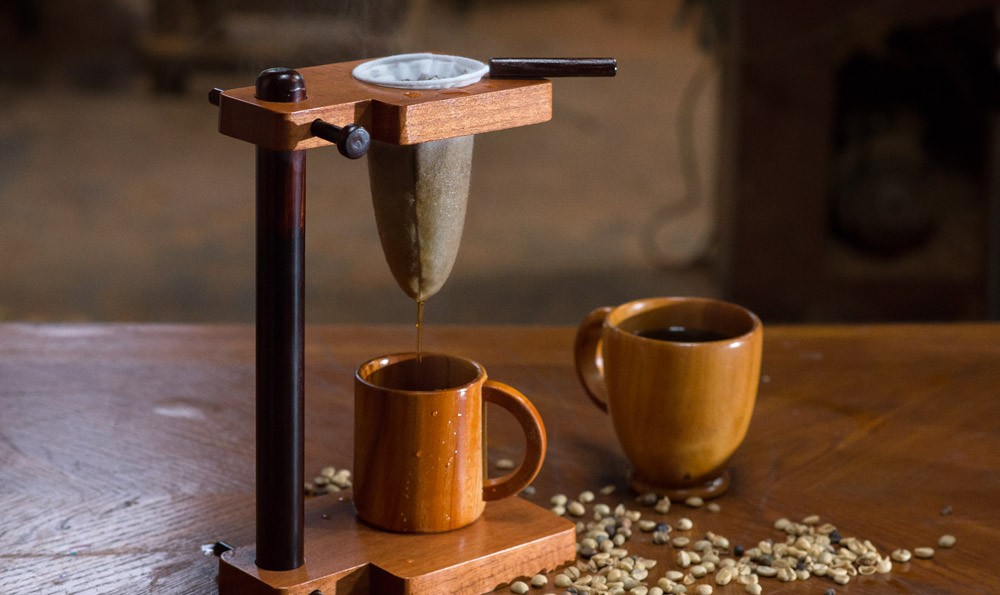
Recently, el oso perezoso (literally a lazy sloth) became an official symbol in 2021.
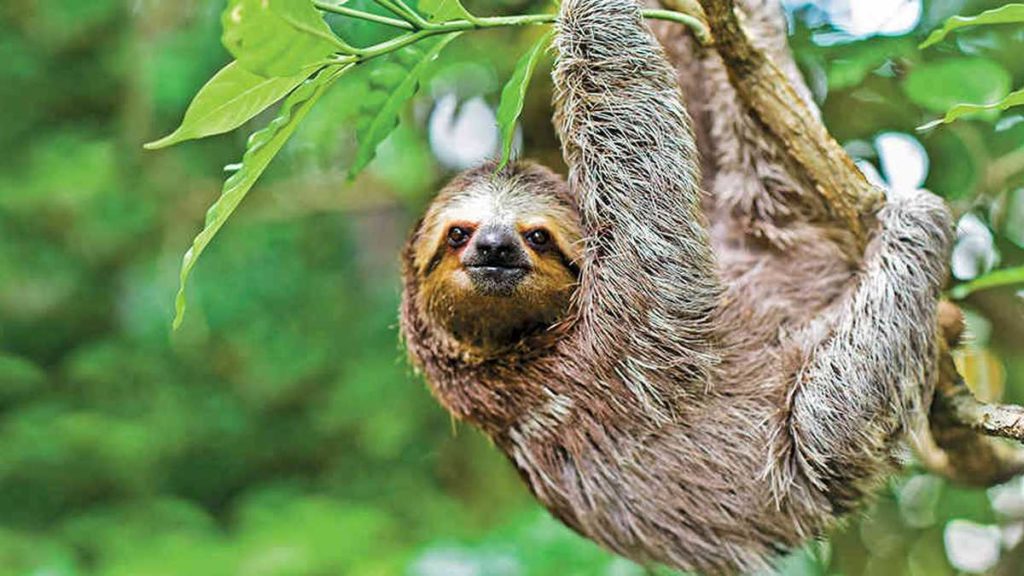
Las “Mascaradas” were added on April 21, 2022. They are a Costa Rican tradition with masks made of paper more significant than a person’s head. They are painted with brilliant colors and put in a structure which looks like a human torso. People put on these vast heads and were them as a costume as they parade down the street.
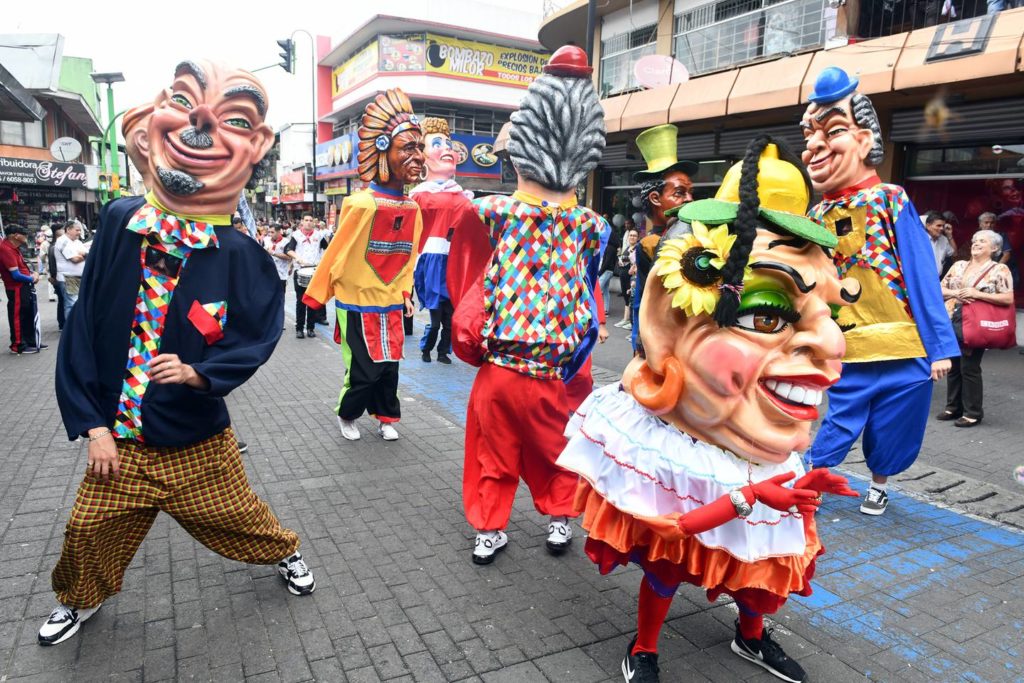
Costa Rica’s most recent symbol is the Morpho helenor (Mariposa helenor) which is a blue Morpho species of butterfly found throughout Central and South America from Mexico to Argentina.
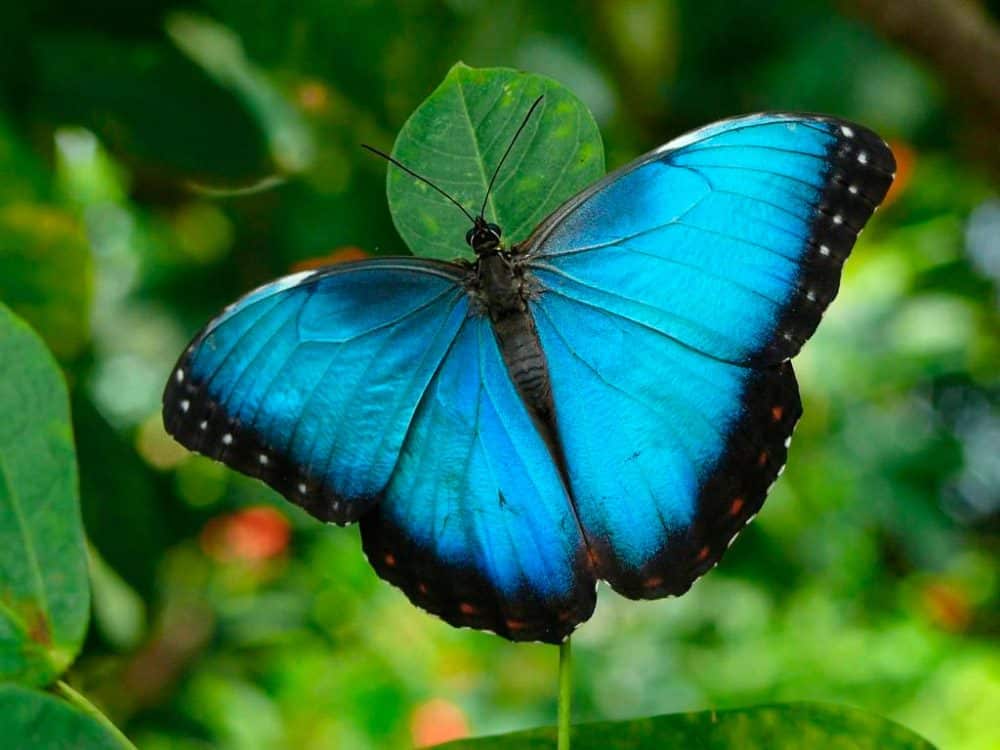
Here are the rest of Costa Rica’s national symbols
The country’s blue, red and white flag became a symbol on September 29, 1849
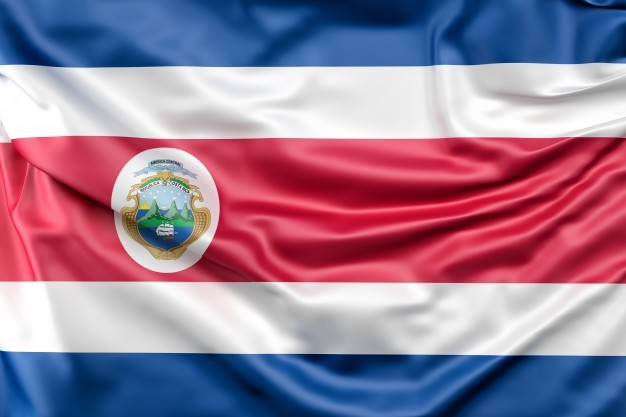
The country’s emblem also became part of out patrimony on September 29, 1849
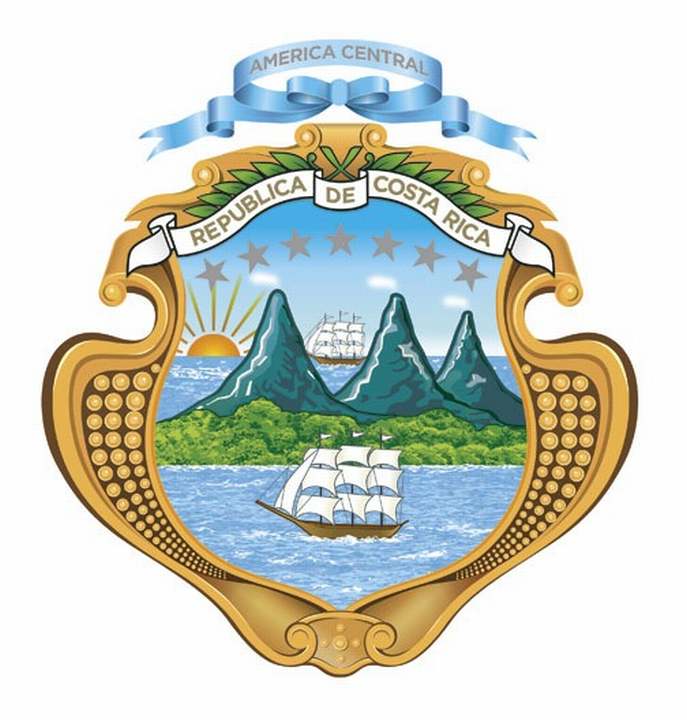
The National Anthem became official on June 11, 1852
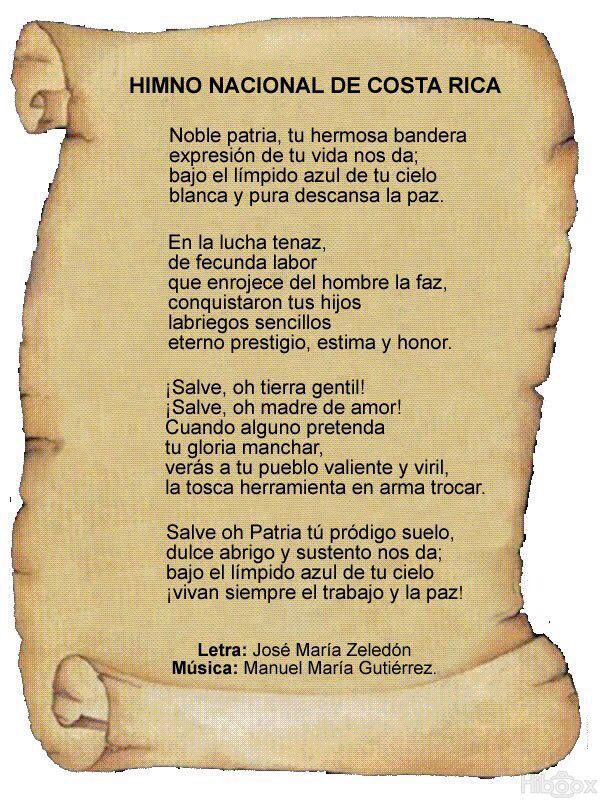
Costa Rica’s flower La Guaria Morada on June 15 1939
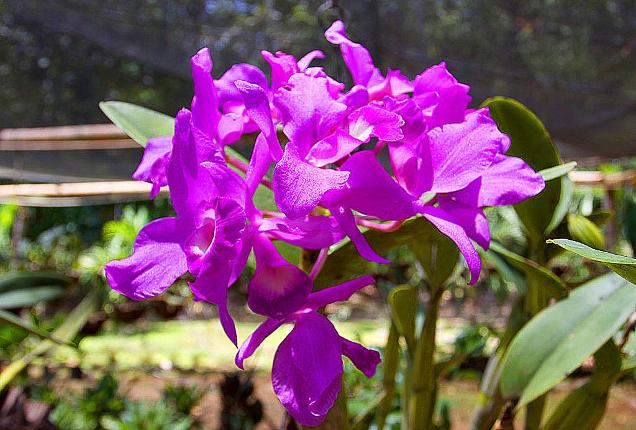
The country’s tree, el Ábol de Guanacaste, became the official tree on December 31, 1959
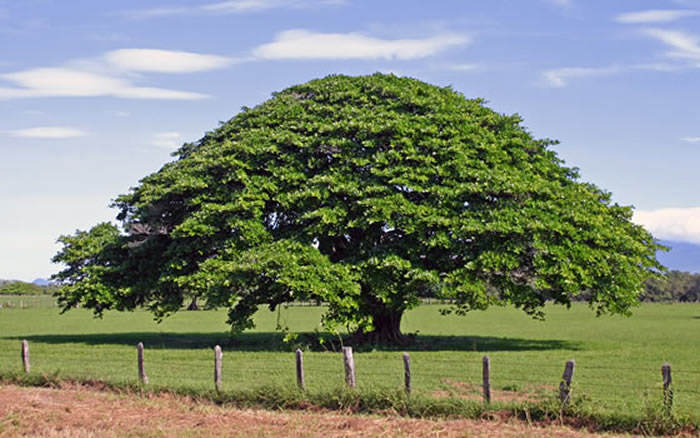
The Yigüiro became the country’s national bird on January 3, 1977
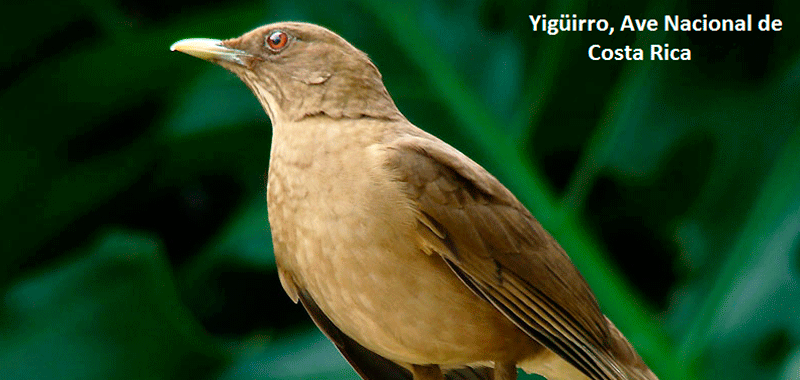
The carreta or oxcart on March 22, 1988
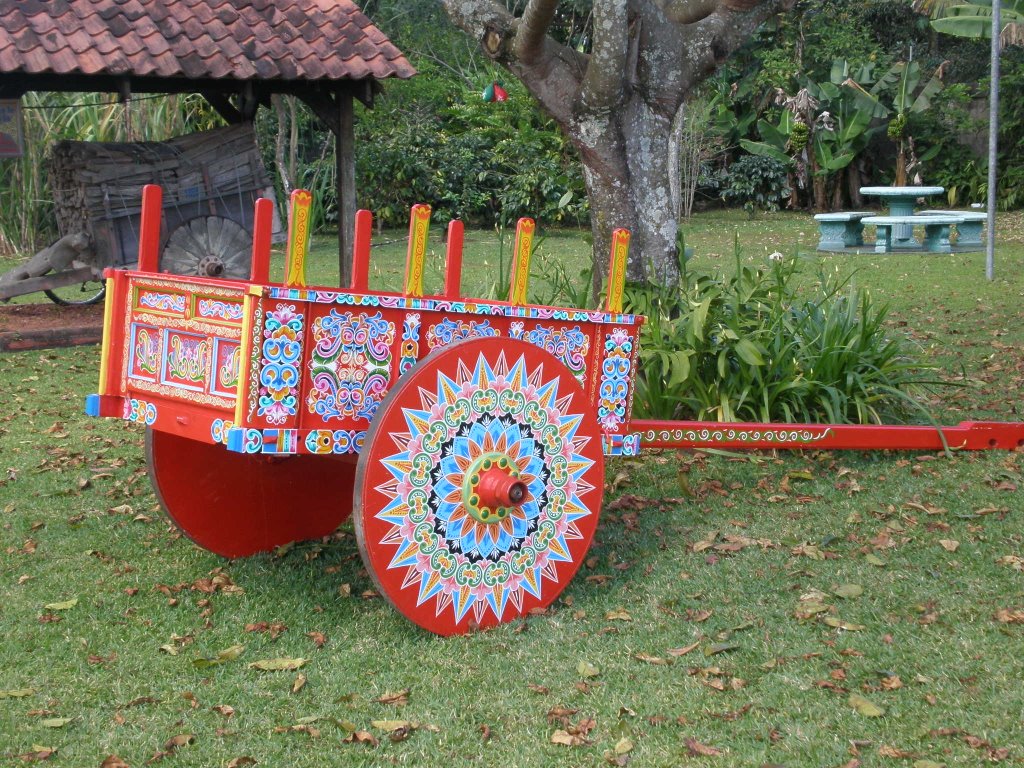
The White tailed-deer, venado cola blanco, on May 2 1955.
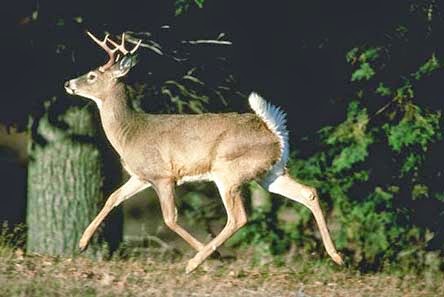
The marimba ( a percussion instrument) on September 3, 1996.
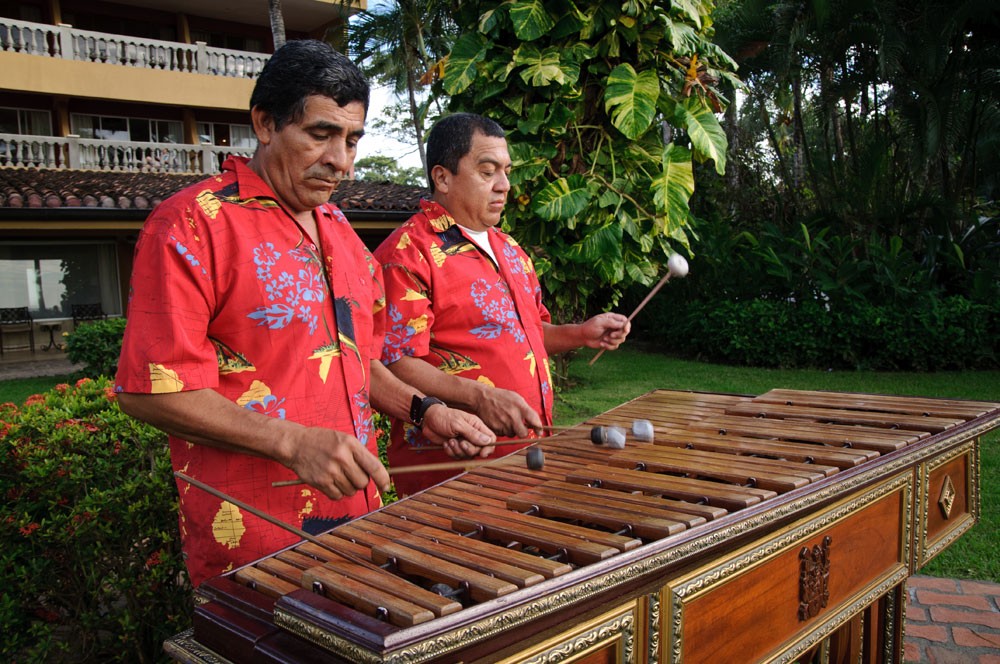
The torch, La antorcha, became part of our patrimony on September 14 2005
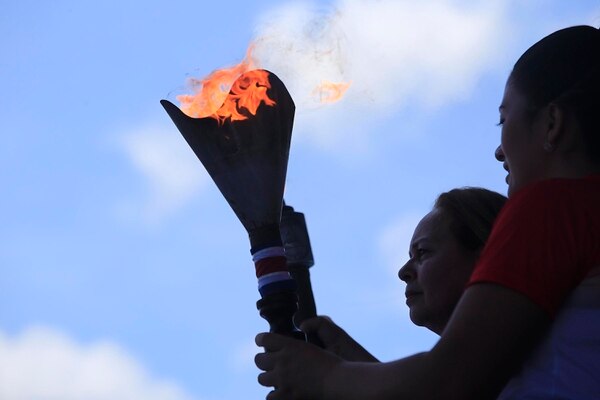
Los Crestones del Chirripó became the first natural place to become a symbol on September 5, 2011. The crestones are a rock formations which resemble a rooster’s crest.
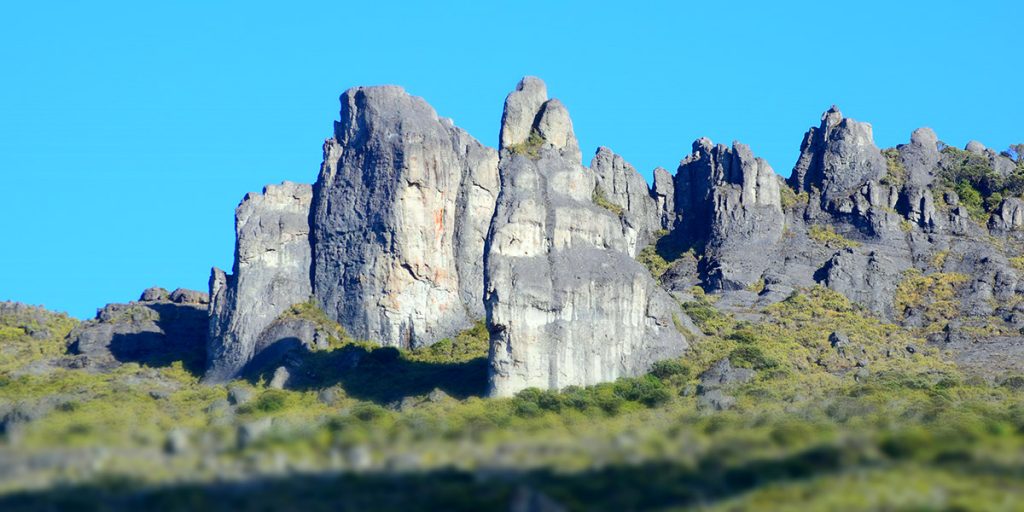
The Manatee or manatí (or sea cow) is mammal that was declared a national symbol on July 15 2014.
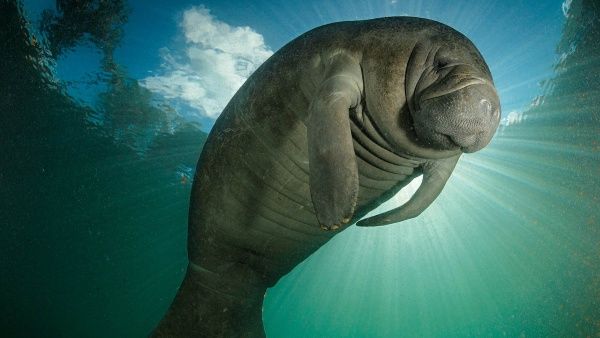
The round stone pre-Columbian spheres became part of Costa Rica’s national heritage on July 14, 2014.
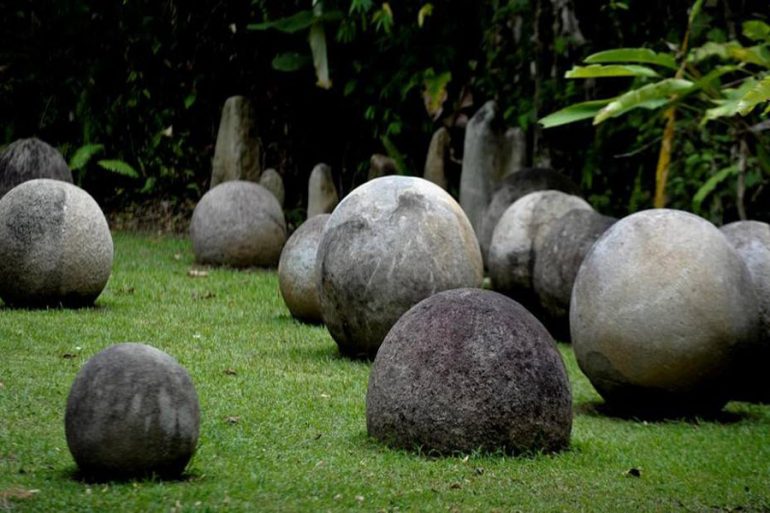
San José’s National Theater or Teatro Nacional became a national symbol on April 5 2018.
